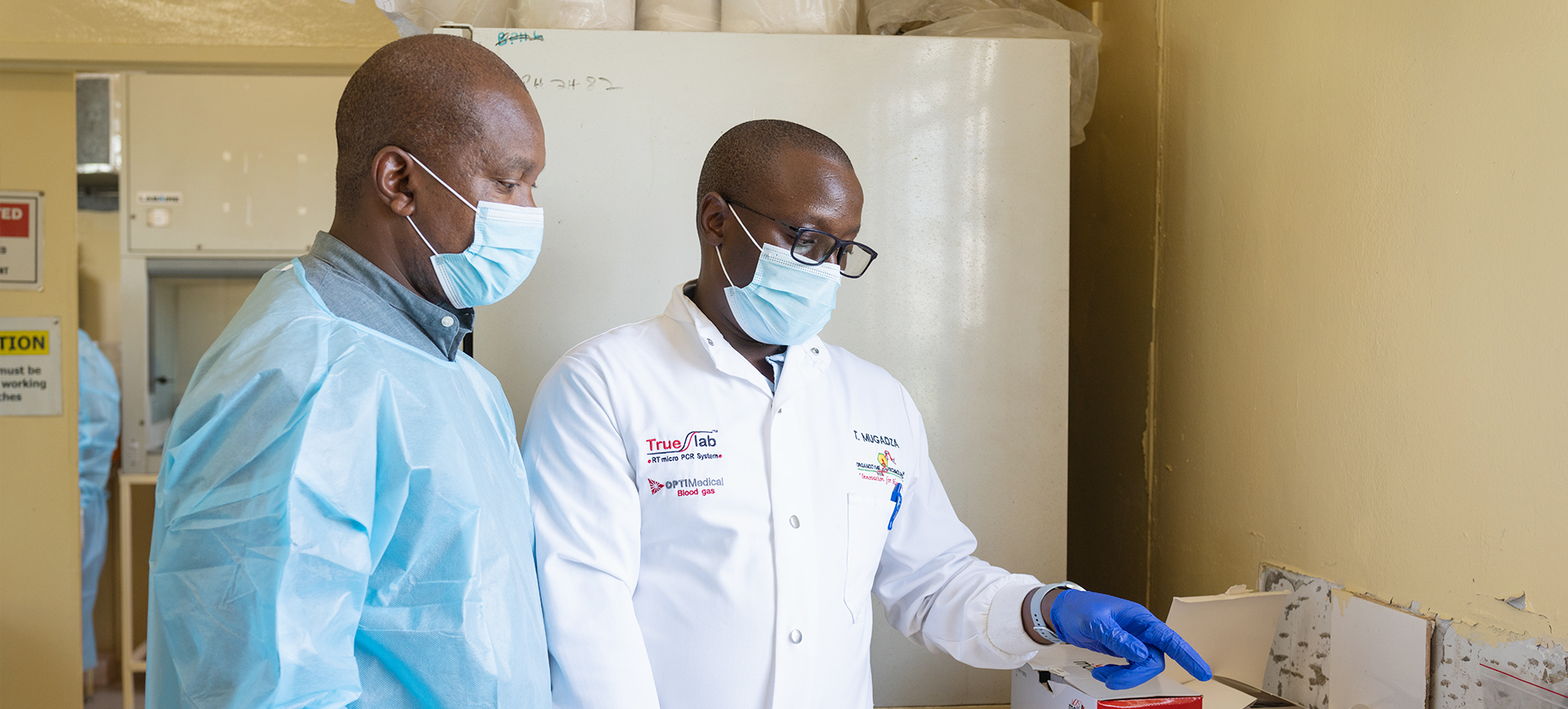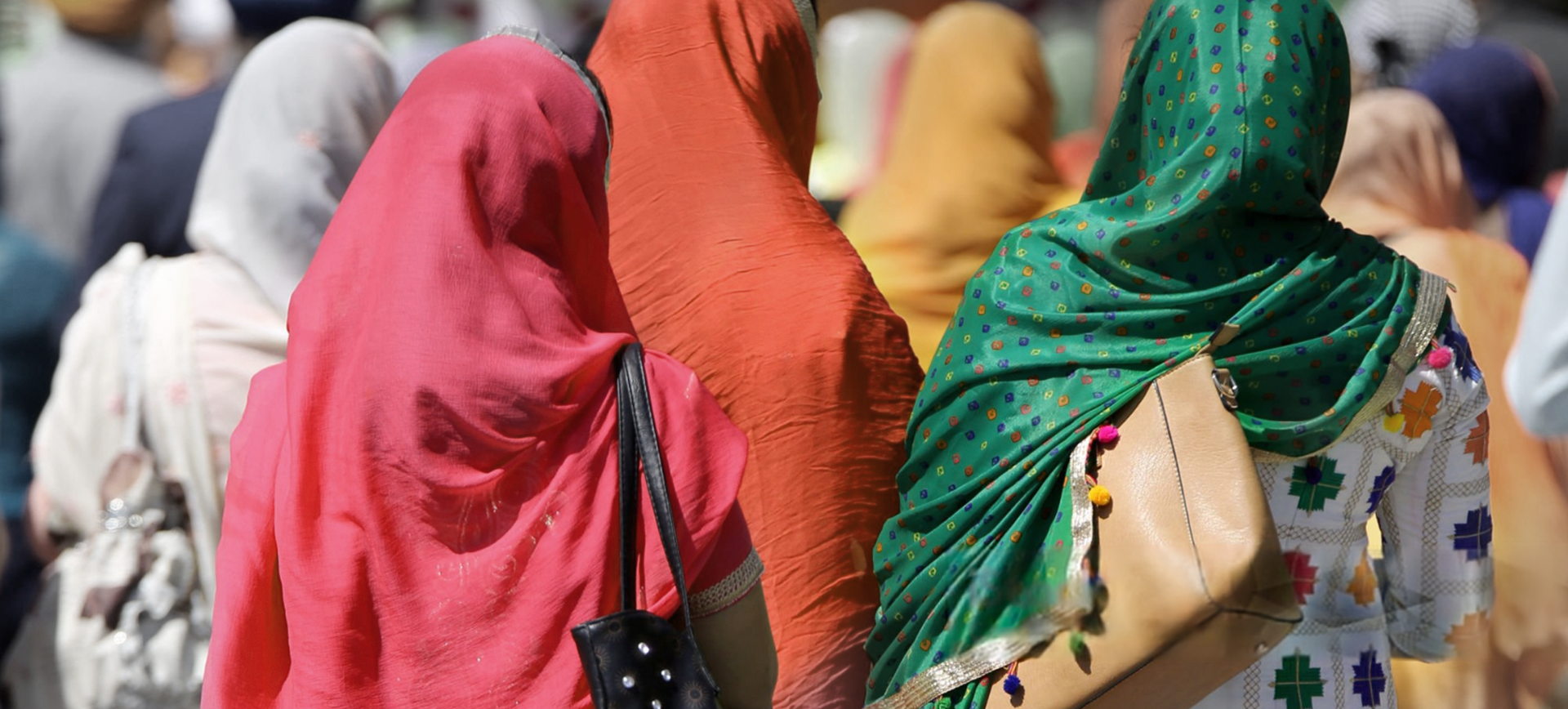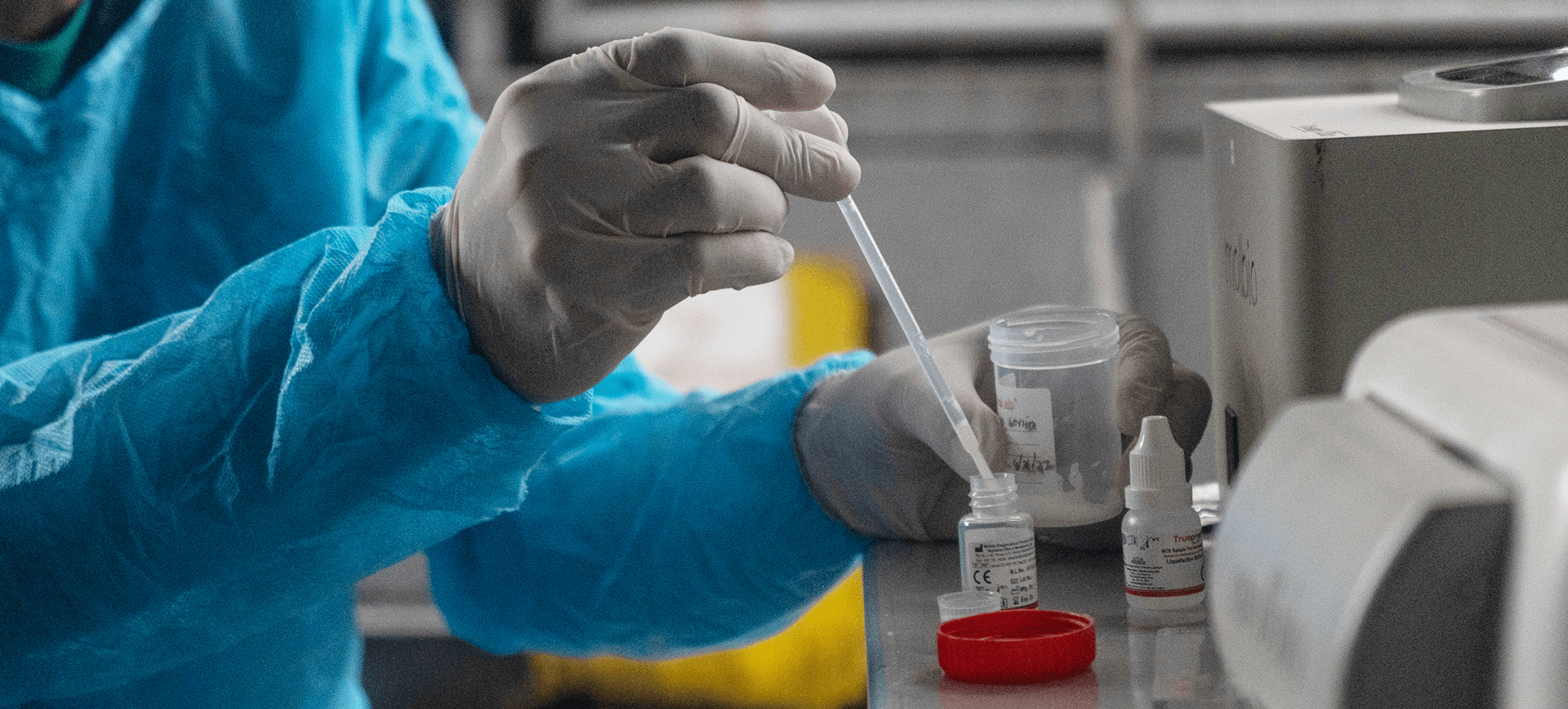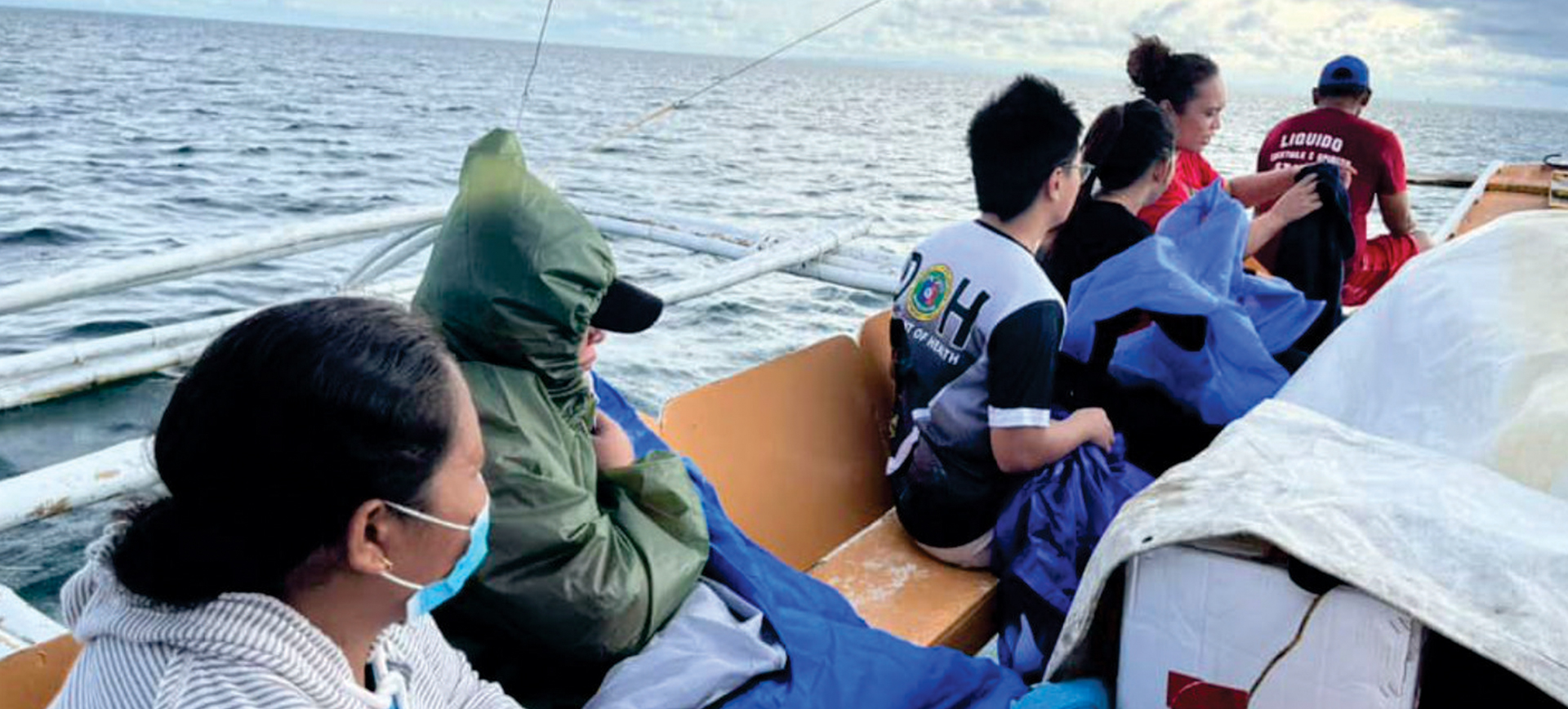As our vehicle bounced and rattled its way along the rutted dirt roads leading to Navakholo, it made me think of the patients who went through a similar ordeal while they were sick. The two-and-a-half-hour trek through Kakamega County’s rural landscape narrates its own tale of the barriers to healthcare faced by people every day.
“Sometimes people would give up,” sighed Emily Vukusa, the local TB Coordinator, as we reached the Navakholo Sub County Hospital. “Imagine being ill, most probably suffering from TB, and then having to scour through the area for transport, just for the results to take another week.”
Such conditions were their everyday reality. In 2017, when Ruth Waithera first experienced persistent cough, fever, and weight loss, the mother of two had to wait for seven anxious days while all hope was uncertain with regard to the findings. “I kept wondering if I was infecting my children while I waited for the results,” she recalls, her eyes misty with sadness upon reminiscing those long days.
Then in July 2022, something happened in the remote corner of western Kenya. Through collaboration with the National TB Program, USAID Kenya, and several partners, a small yet powerful machine called Truenat made its way to Navakholo.
“The difference is palpable and huge!” says Fredrick Were a lab technician; who has worked at the facility for over a decade. He proudly shows how the machine works, explaining that it can even run on battery power when the frequent power outages strike. “Before, microscopy was the only option, which led to a lot of cases going unnoticed. And if we had to do a more specific test, the machine was made to travel all the way to Kakamega town – a trip of over 80 kilometers conducted on the same deplorable roads.”
The impact of this change can be found in statistics and on the people’s faces.TB detection cases shot up from 76 in 2021 to 121 in 2022. The healthcare worker was diagnosed with TB during routine screening.
“I had no symptoms – nothing,” says Caroline Masinde, a healthcare worker who was diagnosed with TB during a routine screening. Shaking her head in disbelief, she continued “If not for this machine, I might have gotten very sick by the time anyone knew what was wrong with me. Now I tell everyone in the community – we have this technology right here! You don’t need to suffer or wait for TB to devour you slowly. You too can step up and take action on your own.”
The machine itself looks quite ordinary – smaller than I thought it would be considering the impact it had on so many lives. In its first year, Truenat managed to take 855 samples of which 64 were found to be positive, including one with drug-resistant TB, who otherwise stood the chance of getting misdiagnosed and following a wrong treatment.
On some days, the instrument is carried into the field for community outreach activities, reaching those who cannot afford the journey to Navakholo.Community members line up to receive medical attention from the comfort of their villages. . “This is just the beginning. If we can bring this level of care to Navakholo, imagine what would be the impact if communities across the country had access to Truenat. I believe no one should face the dilemma of having to choose between undertaking a strenuous journey and living without a proper diagnosis.”
Moving forward will be tough, both literally and figuratively, as Kenya has faced many challenges in fighting TB. Yet, in a small part of Kakamega, this little machine has brought significant benefits: dignified care and valuable time—time saved in diagnosis and time that can save lives.





